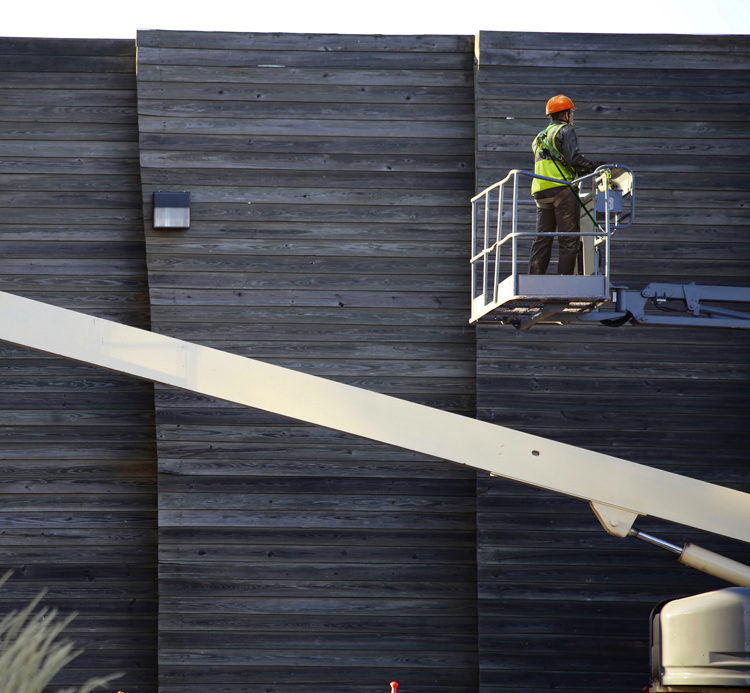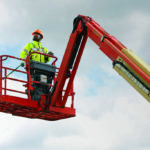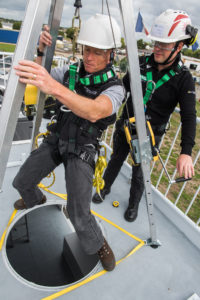
MSA Safety is offering contractors across the UK bespoke fall protection training – a must for all business working at heights.
It’s been said before, indeed, we report on the issue in our news section on an almost monthly basis, but it seems it can’t be said enough how important safety is when working at height. It can’t be said enough because after many years of falls from height reducing, the statistics have plateaued in recent years and are stubbornly refusing to disappear completely. The major problem with falls from height, of course, is that they rarely end well.
Adding to the fantastic work being done by health and safety professionals across the UK, who have valiantly managed to bring the majority of building sites into line and have been diligently espousing the benefits of height safety training, MSA Safety is educating construction companies on when, how and why to use safety equipment. Indeed, part of the problem isn’t wilful disobedience, but rather a lack of education.
At the company’s Devizes facility, acquired from Latchways in 2015, contractors are literally shown the ropes when it comes to working at height and this, they are quick to point out, includes working in MEWPs. Phil Rashbrook, European Training Manager for Fall Protection at MSA Safety, guides trainees through the whole process, from fitting on your harness and securing your ropes to the theory behind the fall arrest systems and the network of regulation that governs them and their use. Phil has been educating people about working at height and confined space access in the industrial sector for 12 years. Before that, he spent 20 years in mountaineering. So when it comes to not falling, he knows a thing or two.
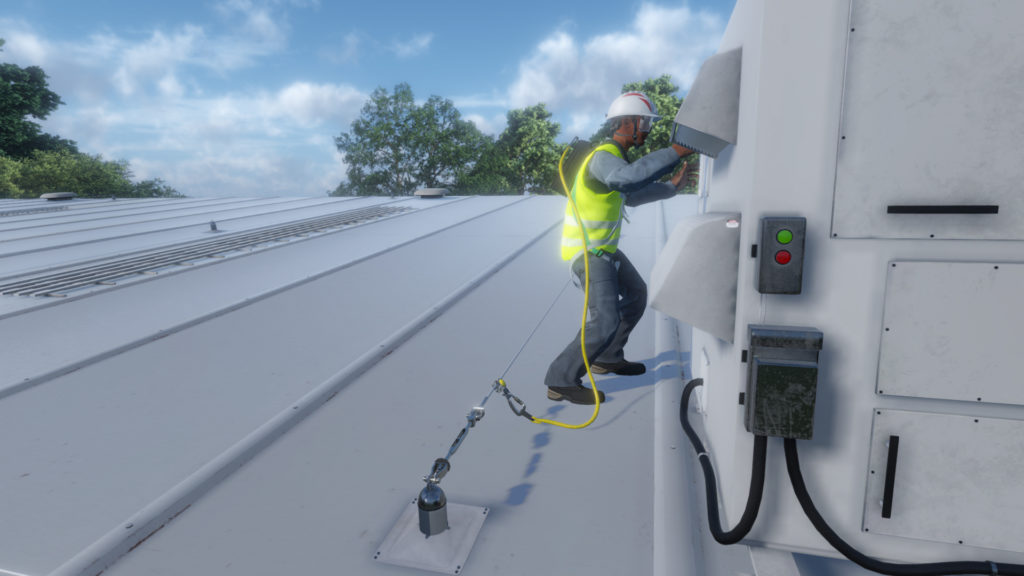
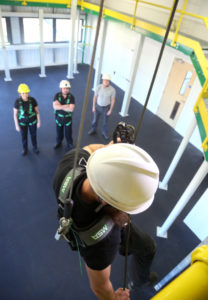 Phil explains: “One of the most important by-products of quality training is improved confidence, both in knowing the limitations of the equipment and how to use it properly, and in making the right decisions while working at height. Armed with this confidence, people working at height should feel empowered to thoroughly and accurately assess their surroundings for safety risks, ask questions and raise potential safety concerns with their site or safety manager.
Phil explains: “One of the most important by-products of quality training is improved confidence, both in knowing the limitations of the equipment and how to use it properly, and in making the right decisions while working at height. Armed with this confidence, people working at height should feel empowered to thoroughly and accurately assess their surroundings for safety risks, ask questions and raise potential safety concerns with their site or safety manager.
Of course, in a dark, quiet classroom, the important information on height safety could be at risk of getting forgotten. That’s why the company have made the day a mix of theory and practical, and thrown in some virtual reality for good measure. “Something that is often forgotten,” Phil elaborates, “is the value of keeping training fun and engaging. In my experience, if you enjoy training you will learn and retain more information. An enjoyable experience generally helps to nurture a positive change in attitude.”
It’s not necessary, either, to make the journey to MSA to benefit from the training, as Phil tells me: “If possible, it’s best to train people on their own site. This makes training lifelike and realistic and therefore more relevant to them. The best providers should always offer bespoke training that is tailored to each business’s unique environment and work sites.”
Your journey with MSA doesn’t finish once the handshakes are done with at the end of the day, however. Follow-up support is a key feature of a quality training provider and after the initial training has been delivered, MSA offers the option of return visits and continued support, including site audits to ensure that the benefits of training are being realised. After all, if the lessons taught in training are never put to good use, you might wonder what the point of the training was in the first place?
